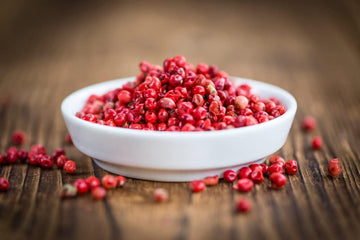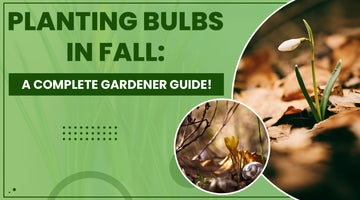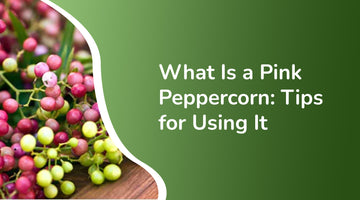How to Plant Allium Bulbs: Easy Step-by-Step Guide for Gorgeous Spring Flowers
by Philip Abell on Nov 14, 2025

🌱 How to Plant an Allium Bulb: A Simple Guide for Stunning Spring Blooms
Alliums — also known as ornamental onions — are some of the most striking spring flowers you can grow. Their globe-shaped blooms rise like fireworks above the garden, attracting pollinators and adding height, color, and structure to flower beds.
If you’ve just scanned the QR code on your Allium bulb package from Greenhouse PCA, welcome! Here’s your easy, step-by-step guide to planting and caring for your bulbs.
🌼 What Are Alliums?
Alliums are hardy, perennial flowering bulbs from the onion family. Popular varieties include:
-
Allium giganteum (giant purple globes)
-
Allium christophii (starburst blooms)
-
Allium moly (yellow blooms)
-
Allium sphaerocephalon (drumstick allium)
They return every year, require little maintenance, and naturalize over time.
🌿 How to Plant Allium Bulbs
1. Choose the Right Planting Time
Allium bulbs are planted in fall, before the ground freezes.
This allows them to establish roots and prepare for spring blooms.
Planting window:
-
Cold climates: September – November
-
Warm climates: October – December
2. Pick the Perfect Location
Alliums thrive in:
-
Full sun (6+ hours/day)
-
Well-draining soil
-
Spots protected from standing water
They do best where soil stays dry in summer.
3. Prepare Your Soil
Alliums dislike soggy soil. Improve drainage by mixing in:
-
Sand
-
Perlite
-
Compost
-
Fine gravel (optional)
A raised bed is a great choice if your soil tends to stay wet.
4. Plant the Bulbs at the Right Depth
A good rule of thumb:
Plant at 2–3 times the bulb’s height
-
Large bulbs (like A. giganteum): 6–8 inches deep
-
Small bulbs (like drumstick alliums): 3–4 inches deep
Spacing:
-
Large varieties: 8–12 inches apart
-
Small varieties: 3–6 inches apart
How to plant:
-
Dig a hole to the correct depth.
-
Place the bulb pointed side up.
-
Cover with soil and lightly firm it down.
5. Water After Planting
Give the bulbs a good soak after planting to settle the soil.
After that, only water if the fall is unusually dry—Alliums tolerate drought well.
6. Add Mulch (Optional)
A thin layer of mulch helps:
-
Prevent winter heaving
-
Reduce weeds
-
Maintain moisture
Avoid heavy, soggy mulch—Alliums prefer drier soil.
7. Spring Growth & Care
You’ll see shoots in early to mid-spring.
Water sparingly—Alliums do not like wet roots.
8. After Blooming
Once flowers fade, allow the foliage to die back naturally.
This is crucial, as the leaves feed next year’s bulb.
Do not cut leaves early.
🌸 Tips for Healthy, Long-Lived Alliums
-
Plant in clusters for dramatic visual impact.
-
Leave bulbs undisturbed for years—they multiply naturally.
-
Alliums are naturally deer-resistant, rabbit-resistant, and pollinator-friendly.
-
They pair beautifully with roses, lilies, sedum, and ornamental grasses.
🌱 Troubleshooting Guide
Bulbs rotted over winter:
Soil was too wet — improve drainage next season.
No blooms:
Bulbs planted too shallow, or foliage was removed too early.
Leaves yellow early:
Normal — Alliums often go dormant in early summer.



